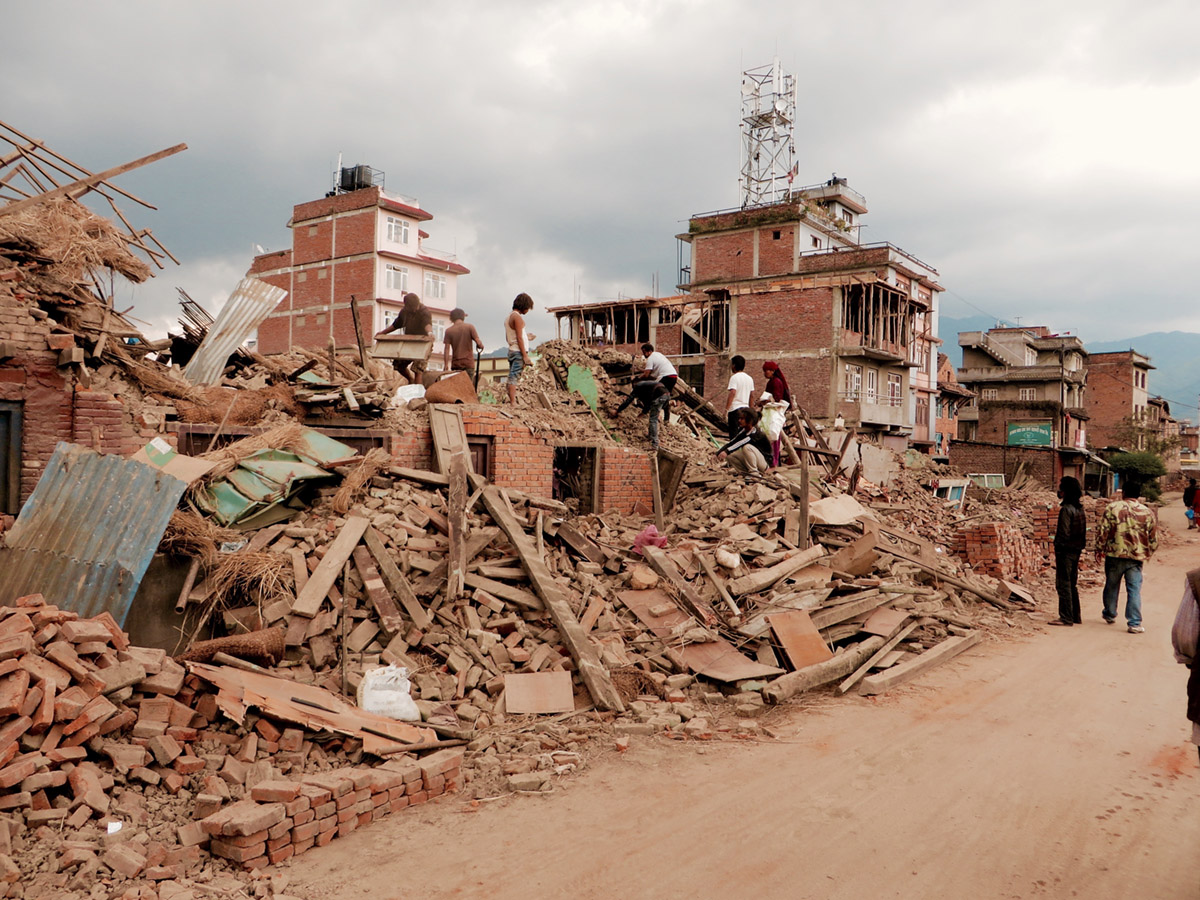The Land Portal published a new country portfolio for Nepal as part of our Country Insights initiative. The initiative seeks to expand knowledge about how countries govern their land, the challenges they face, and the innovative solutions they find to manage land tenure issues.
Nepal is a small landlocked country situated between India and China. It comprises three main geographical areas, namely lowland plains bordering India, foothills, and then the high Himalayan mountains bordering China. The total land area is 147,516km2.
In 2019, the population was just over 28.6 million people. This population is predominantly Hindu. However, the 2011 census lists 126 caste/ethnic groups, with 123 spoken languages (a new 2021 census is ongoing at the time of writing this profile, which can update these figures). An attempt to install democratic governance during the 1950s failed, with the country falling back upon an authoritarian monarchy. The adoption of parliamentary democracy finally took place in 1991. In June 2021, Nepal graduated from a least developed to a developing nation according to UN classifications, with gains in GDP per capita from US$252 in 2003 to US$1,071 in 2019. In a predominantly rural society, 64.4% of the population were working in agriculture in 2019. In 2020, the government identified 18.7% of the population as lying under the poverty line (earning under US$1.90 per day), an improvement from 25% in 2010.
The second recent event to impact on land saw two severe earthquakes on 25 April and 12 May 2015. Impacting on 14 out of 78 districts in the country, these quakes killed 8,700 people, injured 25,000, destroyed half a million homes, and left a further 265,000 houses temporarily uninhabitable [8]. Housing repairs demanded US$3.27 billion, or roughly half of the total reconstruction cost of US$6.7 billion. Particularly catastrophic was the impact on informal housing.
Land legislation and regulations
In 2015 Nepal promulgated a new constitution that replaced an interim bill from 2007. Article 25 states that everyone has the right to acquire, own and sell property. When land is acquired by the state, it must be compensated. However, rights on property cannot inhibit state land reforms to improve productivity, modernise agriculture, protect the environment, and manage urban development. Article 40 gives rights for the state to provide land to Dalits and other landless groups including bonded labourers. Article 51 contains sub-sections on State policies for social justice and inclusion, including an aim to end dual ownership of land to benefit farmer-tenants.
To know more about the Country Insights initiative and see the full list of country portfolios, click here.
Photo: Earthquake aftermath, Nepal, by SIM Central and South East Asia (CC BY-NC-SA2.0)

